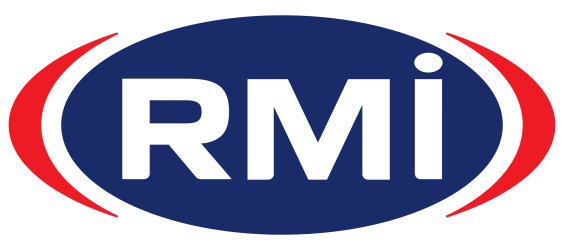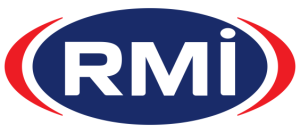Continued commitment by TEPA
The RMI continuously strives to inform and guide members regarding legislation and regulations regarding the operating of a business in South Africa. The object of the process is not to […]
Employers confused about the latest tax incentive claims – here’s what you need to know
The proposed measures for COVID-19 tax relief were published in draft bills on 1 April, with revised draft bills published on 1 May and 19 May. The most recent iteration […]
Tyre industry getting back on its feet
With the economy finally opening up businesses in the tyre industry is adapting to the new normal. Hedley Judd, National Director of the Tyre, Equipment, Parts Association (TEPA), a proud […]
Gas conversion programme kicks off at workshops
After months of negotiation and planning, the Automotive Remanufacturers’ Association (ARA), an association of the Retail Motor Industry Organisation (RMI), will be piloting its “powered by gas” programme, commenced on […]
Why do modern cars crumple up when they crash – A good thing or not?
Have you ever jumped from a significant height with straight legs? It’s not a comfortable feeling is it? That’s because there’s nothing to absorb the shock that’s been created, and […]
Level 3 Workplace Preparedness Webinar
Now that you ready to go back to work, are you ready to respond to a positive test in your workplace? Please find below the invite for our free webinar […]
What you see is not necessarily what you get
Buying a second hand car can be an exciting purchase and a good economical decision provided there are no unexpected surprises. Typically, the reliability of a second hand car is […]
Ready for business?
When the Motor Industry Workshop Association (MIWA) workshops around the country opened for business after the initial period of Level 5 lockdown regulations, they faced a new set of protocols […]
Work experience for 72 unemployed youths
Isuzu Motors South Africa (IMSAf) is supporting the Youth Employment Service (YES) Programme and has placed 72 candidates for the first time this year. The YES programme was launched by […]
Why SMS beats email in the current climate of crisis
By Greg Chen, CEO, Mobiz In a time of email fatigue as we are bombarded by COVID-19 corporate messaging, communicating with customers via SMS can be far more effective. Messaging […]

